
On May 26, Beijing time, Neuralink, a brain-computer interface company co-founded by Elon Musk, announced major progress: the company has been approved by the U.S. Food and Drug Administration (FDA). This means they can start clinical trials on humans.
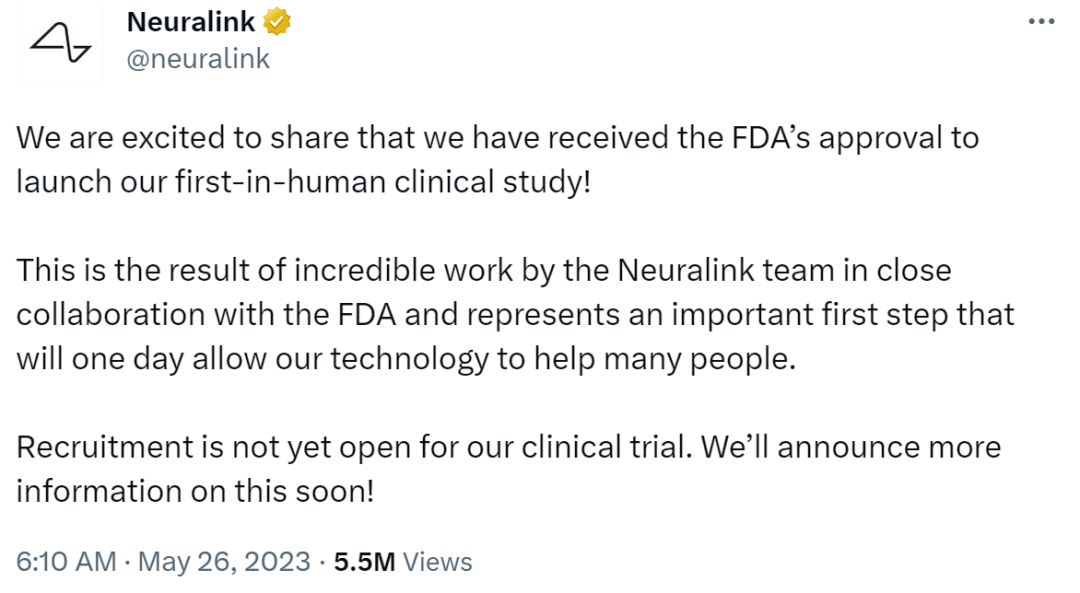
Previously, Neuralink tried to implant brain-computer interface chips in the brains of mice, pigs and monkeys. Yes, they were implanted after drilling. If you want to hit someone on the head, you must go through layers of scrutiny by scientists.
This is what the FDA does, mainly assessing food, drugs, medical devices and other products:
Previously, according to Reuters, the FDA pointed out that if Neuralink wants to conduct clinical trials on humans, it must focus on solving these issues: Will the device's lithium battery and implant wires move in the brain? How challenging would it be to safely remove the device without damaging brain tissue?
Currently, Neuralink stated on Twitter that it has not yet begun recruiting patients for clinical trials and will announce more news soon.

Image source: Screenshot of Neuralink press conference, edited and produced
In this article, we will discuss:
What is brain-computer interface?
The brain processes information based on the transmission of electrical signals between neurons. So, if a thing could read or write this electrical signal, the brain could interact directly with the machine! This thing is the brain-computer interface that we will talk about next.
Brain-computer interface is not a distant technology, it has long been used in daily life. It is divided into two types: invasive and non-invasive.
Among them, Non-invasive brain-computer interface, a small hat-like device, is very common in neurological or sports rehabilitation departments in hospitals.
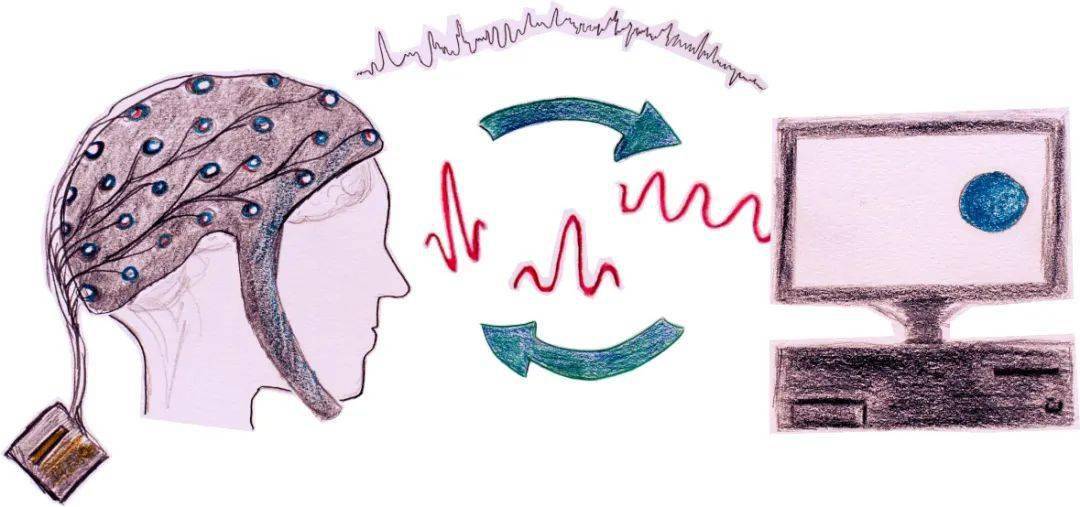
Non-invasive brain-computer interfaces are common in hospitals丨Wikipedia
It detects brain signals through wearable devices. However, because the signal has to pass through the skull, the resolution of the recorded brain signal is not high.
Neuralink uses an invasive approach that directly implants flexible electrode wires into the cerebral cortex. Generally speaking, the deeper and closer to the brain tissue itself, the clearer and more accurate the EEG signal will be.
However, invasive solutions require implanting foreign objects into the brain, which can easily cause immune reactions. The human body may generate scar tissue between the electrodes and nerve tissue, causing signal transmission to decline or even disappear. Therefore, the results of this human trial are indeed worth looking forward to.
For this moment, Neuralink has been working for seven years
In 2016, Musk and several other co-founders established Neuralink.
In July 2019, Neuralink announced its project prototype. They made a "hole punch" and a "sewing machine". The former uses a laser to punch small holes in the skull, and the latter can sew only human hair A "thread" as thick as a quarter of silk is implanted in the brain. These wires are electrical levels that can collect multi-channel neural information.
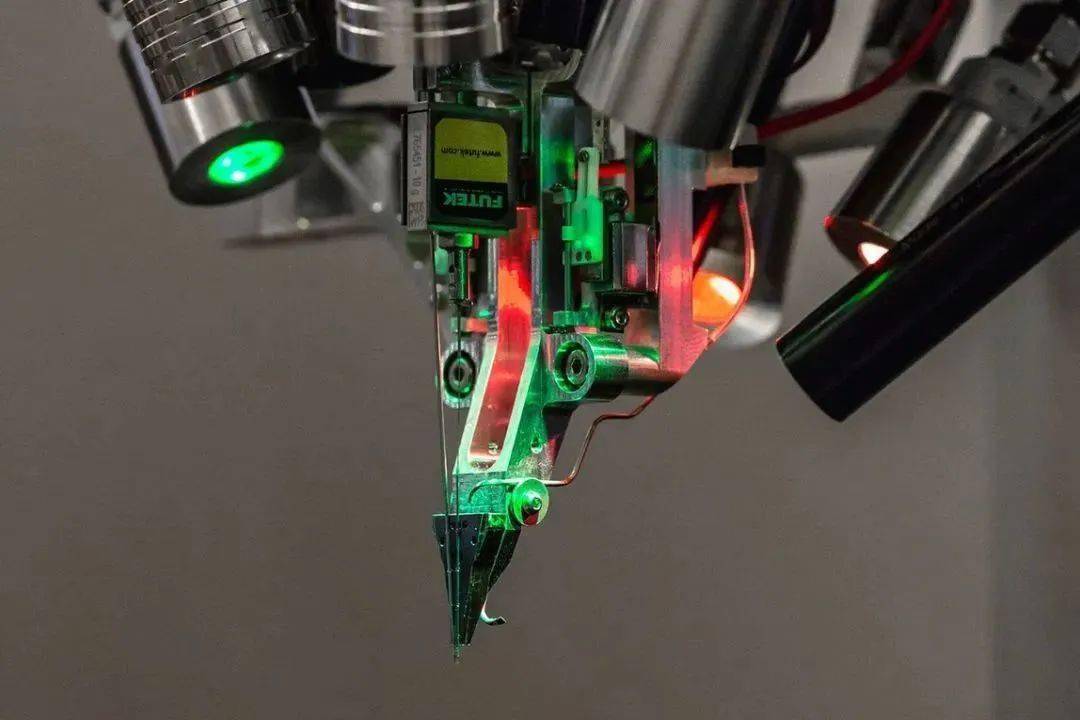
They also showed experiments on animals, with a mouse holding a USB-C interface about the same size as its head, telling people that brain-computer interfaces are at least no longer a crazy imagination.
In August 2020, the company made the brain-computer interface chip N1, which is only the size of a coin. This time, the device was implanted on the surface of the brain of a living pig and successfully displayed the pig's brain activity. The top of the pig's head is smooth and smooth. The brain-computer interface device is still in the form of wireless connection, with wireless signal transmission and wireless charging functions. N1 achieves a high degree of small integration.
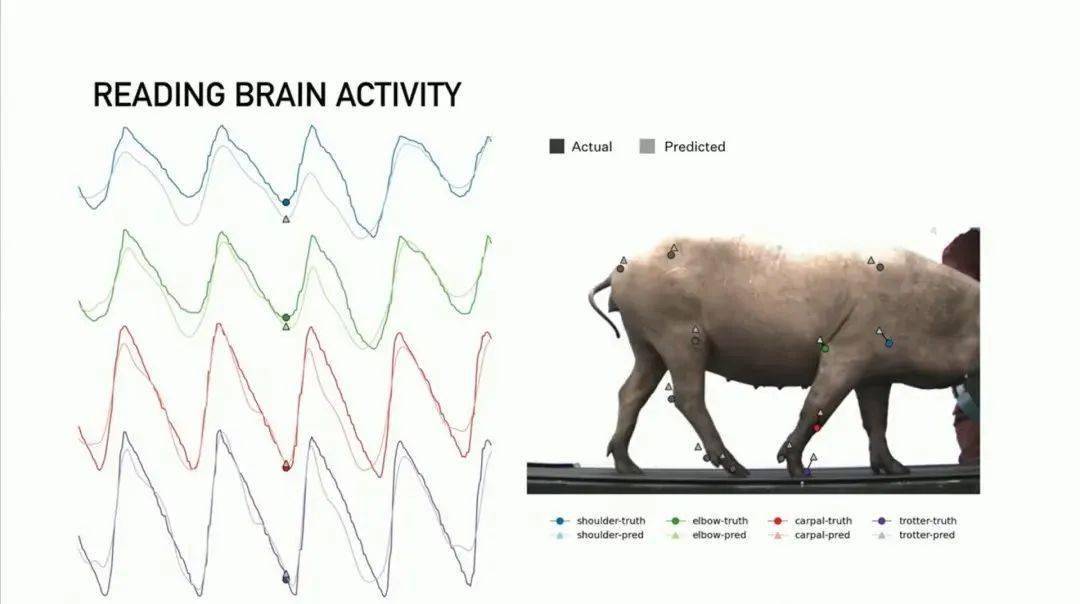
In April 2021, Neuralink’s experimental monkeys converted brain waves into computer instructions and played a game of “Idea Ping Pong”. By reading information from the brain's control of movement, the Neuralink device is able to control the movement of a ping pong ball on a screen.
This means that the device has effectively completed specific tasks on animals, preparing for future human-based brain-computer interface experiments.

In December 2022, Musk demonstrated a monkey that could “mindtype”—it typed two complete sentences. Although the monkeys only followed human prompts and converted brain signals into cursor movements to select the correct sentences, rather than actually learning to spell human language, this demonstration confirmed that Neuralink's brain-computer interface is further practical. .

Also at this conference, Musk announced that their device will be implanted in the human brain within half a year, and all the documents required to start human trials have been submitted to the FDA. Now it seems that Musk is quite punctual.
Why is this FDA approval significant?
This is a major breakthrough in the clinical application of high-performance brain-computer technology.
The previously approved traditional implantable brain-computer interface uses a type of hard electrode called the "Utah array", which may cause a rejection reaction of foreign objects in the brain. It must be mentioned that this technology can capture and transmit neural information from only 96 electrode channels.
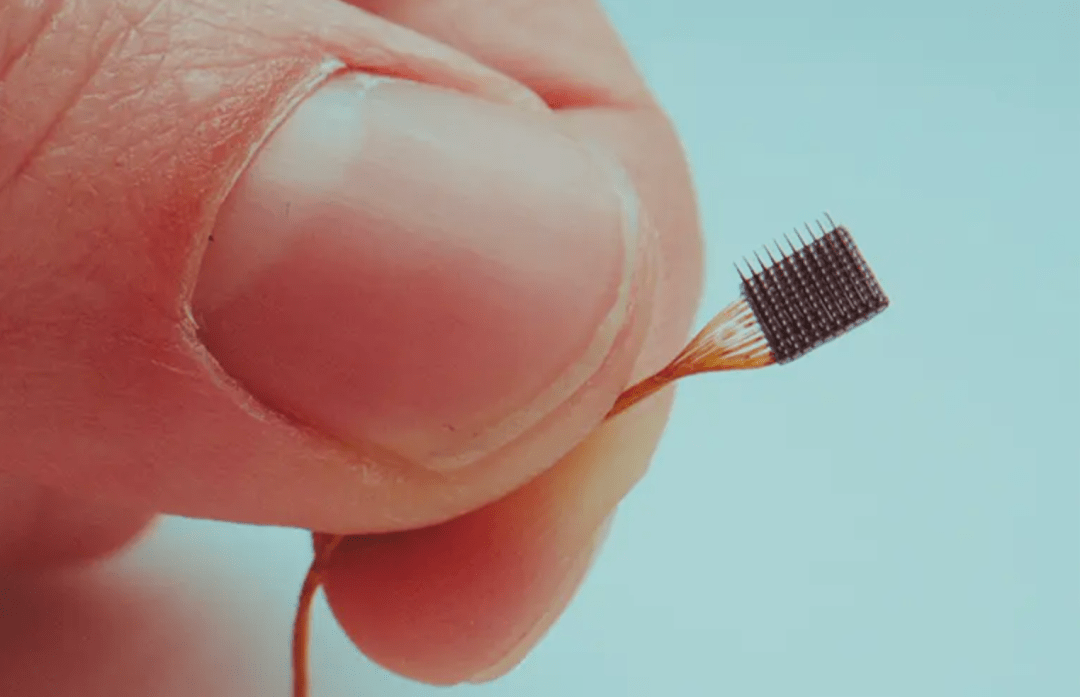
Utah Array丨medicaldesignandoutsourcing.com
For the Utah array, if more channels of neural information are needed, more electrodes need to be placed inside the brain, which is often undesirable.
The Neuralink device uses flexible electrodes, which effectively reduces the brain's rejection reaction, and has 1024-channel electrodes that can collect fairly high-quality neural information.
To achieve various complex brain-computer interface tasks, high-quality neural information is a prerequisite.
Neuralink has also developed a robot that can perform brain-computer interface surgery, which can safely remove the device without damaging the brain tissue as much as possible. In this way, people can upgrade and iterate the products in their minds.
Does it have any social significance?
Let the blind "restore" their vision and allow the paralyzed to "move." Musk believes that this is the earliest application and help that Neuralink can carry out for humans.
Neuralink says that even in people who are congenitally blind, their “visual part of the cerebral cortex is still present.”
The first generation of Neuralink technology used 1,024 channels of electrodes, but the company also showed off a next-generation model with more than 16,000 channels. Neuralink envisions that by placing a device on each side of a blind person's cerebral cortex, the blind person will be able to see an image showing 32,000 "light points." In other words, blind people can see more details and more "high-fidelity" images.

Image source: Unsplash
By using thought input to establish a direct connection between the brain and a computer (or mobile phone), quadriplegic people can be helped to achieve "digital freedom." But Neuralink is not satisfied with this. They also expressed confidence in restoring motor functions to people with spinal cord injuries.
When a healthy person touches an object, the sensation will enter the brain along the spinal cord, but for people with spinal cord injuries, this pathway is switched. Neuralink hopes to implant electrodes into the spinal cord to stimulate the neurons in the spinal cord to make it Restores the ability to convey movement information, allowing muscles to contract.
Neuralink shows off a pig with an implant in its spinal cord. The principle is to intercept the brain's movement instructions and shunt them to the legs to achieve the target action. The process of body movement can be simulated by sending sensory signals from the limbs back to the brain, allowing the brain to understand what is happening.
Currently, there are three companies that have entered the human clinical trial stage
Currently, three of the international implantable brain-computer interface companies have entered the human clinical trial stage, namely Neuralink, Onward and Synchron.
The technical routes of these three companies are also different.
Neuralink belongs to the "cortical penetration" route.
Onward focuses on the recovery of neurological function after trauma, such as using brain-computer interfaces to restore walking ability after spinal cord injury. It uses an electrode called "Electrocorticography" (ECoG), which is placed on the surface of the cerebral cortex to collect nerve signals. Onward takes the "cortical surface" route, and there are also Weiling Medical companies in China that take this route.
Weiling Medical is the only company and team in China that develops high-density flexible electrode implantable brain-computer interfaces on the cortical surface. It is expected to complete the clinical testing and verification of the electrode array by the end of this year.
Synchron technology is minimally invasive. It uses an electrode similar to a blood vessel stent to be placed inside the cerebral blood vessels to collect nerve signals near the blood vessels. Belongs to "vascular interventional type".

Image source: Unsplash
It is worth mentioning that Synchron has received FDA approval in 2021, started trials, and announced in July 2022 the first brain-computer interface implant in the United States.
The technology used by Synchron is to place electrodes close to the inside of blood vessels in the brain. Due to technical limitations, the electrodes can only collect very limited neural signals. Therefore, This system can currently only achieve very basic and simple tasks. Moreover, it takes a lot of training time for subjects to learn new tasks through this system.
If the brain is compared to a 1-kilometer road, we have only walked 5 centimeters
Currently, the application direction of brain-computer interface is to replace damaged organs, such as:
Brain-computer interface may also be able to pair brain nerves with machinery, or replace consciousness between living things, but this is still in the very distant future.
To achieve the ultimate brain-computer interface, every neuron in the brain needs to be "seamlessly connected" to the outside world, which means that humans need to clearly understand the characteristics of each neuron.
But Currently, human beings’ understanding of the brain is still limited to the cortical divisions that control movement and vision and hearing, which is very superficial.
A brain scientist once compared all knowledge about the brain to a road one kilometer long, and the distance we currently travel is less than five centimeters.
How far the brain-computer interface can go depends on basic research in brain science.
Authors: Jayden, Rui Yue, Shen Zhihan, ChatGPT
Editor:biu
Unless otherwise noted, the source of the pictures in the article is Neuralink
If necessary, please contact sns@guokr.com
The above is the detailed content of finally! FDA approves Musk's brain-computer interface for real-life surgery, which is of great significance. For more information, please follow other related articles on the PHP Chinese website!




